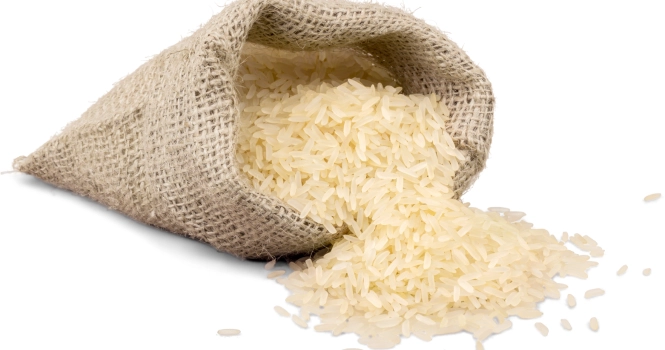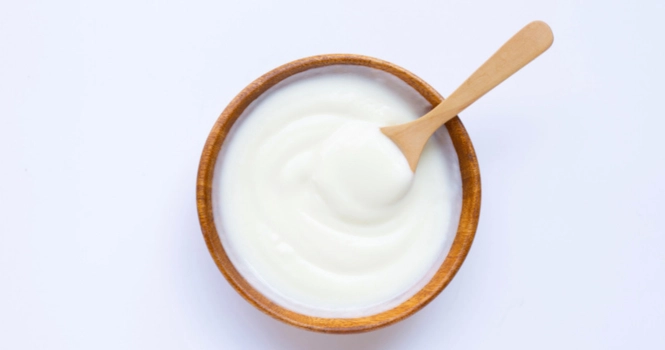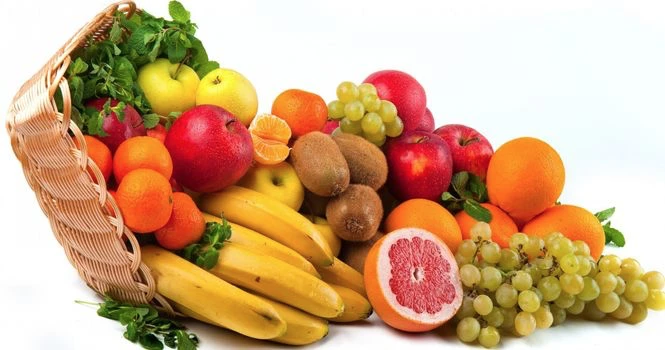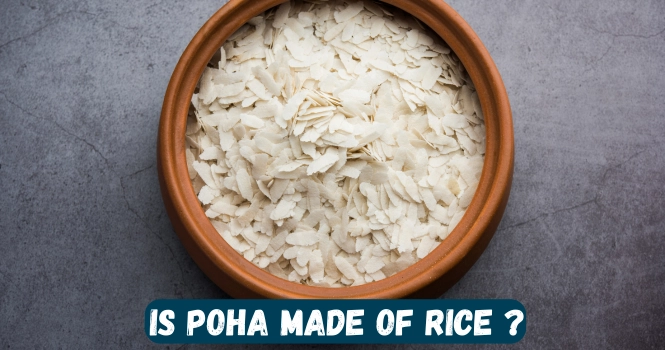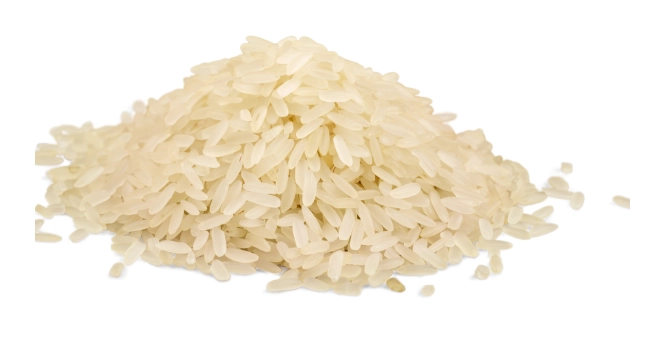Bottle Gourd: A Boon for Kidney Health
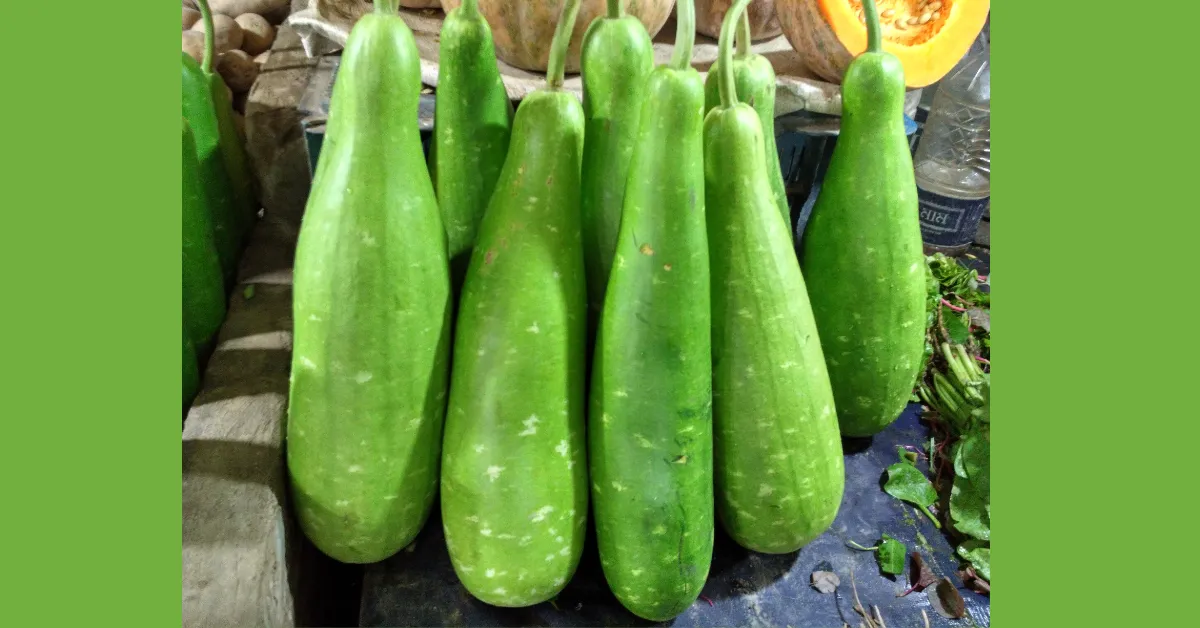
Bottle gourd (Lagenaria siceraria), known in various regions as lauki, doodhi, or calabash, is a versatile vegetable widely consumed in many parts of the world, particularly in Asia.
It is praised for its lightness and high water content, making it a favored option for its cooling and hydrating properties. When discussing the suitability of bottle gourd for kidney patients, it’s important to consider its nutritional profile and how it can fit into a renal-friendly diet.
Nutritional Benefits for Kidney Patients
1. Low Potassium and Phosphorus:
Bottle gourd is naturally low in potassium and phosphorus, two minerals that kidney patients often need to limit, depending on the stage of their kidney disease and their doctor’s advice.
Managing the intake of these minerals is crucial to prevent their levels from becoming too high in the blood, which can be harmful when kidney function is impaired.
2. High Water Content:
The high water content in bottle gourd makes it an excellent vegetable for hydration. Proper hydration is essential for kidney health, as it helps the kidneys clear waste from the blood and maintain a healthy balance of body fluids.
3. Low in Sodium:
Bottle gourd is naturally low in sodium, making it a good choice for those managing blood pressure and reducing the risk of hypertension, a common concern for kidney patients.
4. Fiber:
It is a good source of dietary fiber, which is beneficial for digestive health. Maintaining a healthy digestive system is important for kidney patients, as it can help manage symptoms and complications related to kidney disease, such as constipation.
Considerations for Incorporation into a Renal Diet
While bottle gourd offers several benefits that may be suitable for kidney patients, it’s essential to consider individual dietary needs and restrictions.
Kidney disease can vary greatly from person to person, and dietary recommendations may change based on the stage of kidney disease, the presence of other health conditions, and the specific advice of healthcare professionals.
Preparation and Consumption:
- Juicing: Bottle gourd juice is a refreshing way to consume this vegetable. For added flavor and health benefits, you can mix it with other low-potassium vegetables like cucumber and celery.
- Cooked Dishes: Bottle gourd can be used in soups, stews, and curries. Cooking it with mild spices and herbs can enhance its flavor while keeping the dish kidney-friendly.
- Steamed or Boiled: Simple preparations like steaming or boiling bottle gourd can retain most of its nutrients and make for a light, easy-to-digest side dish.
When incorporating bottle gourd into the diet, it’s crucial to prepare it in a kidney-friendly manner.
This means avoiding high-sodium sauces or seasonings and opting for simple cooking methods like boiling, steaming, or sautéing with minimal oil.
It’s also important to ensure that the bottle gourd is fresh and not bitter, as consuming bitter bottle gourd can lead to adverse health effects, including gastrointestinal distress.
Also, kidney patients should always consult their Nephrologist before making significant changes to their diet, including the introduction of bottle gourd, to ensure it aligns with their specific health needs and dietary restrictions.
